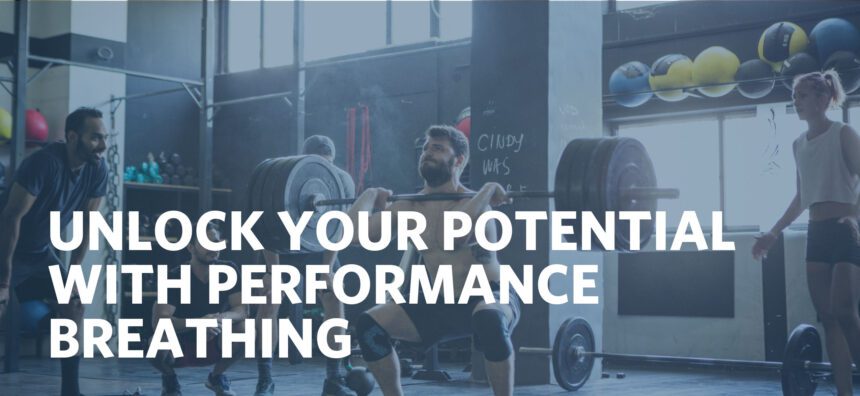How you breathe can be the difference between a mid-workout energy slump or crushing your personal record. If you’re breathing on autopilot during a workout, you’re less likely to get the oxygen you need for optimal results.
Instead, try these methods of performance breathing, where you focus on your breathing mechanics and tempo in order to bring about a specific result.
Start with the basics.
A first step to improving your performance breathing is to work on low, diaphragmatic breathing instead of chest breathing. You’ll get more oxygen and energy this way. Warmup activities are also the perfect place to start with gradual exposure to nasal breathing and controlled breathing.
Customize your workout breathing.
Once you’re warmed up, it’s time to kick it into high gear. Your breathing can strongly impact your workout, so experiment with forceful exhales during efforts. Try to nasal breathe as long as you can before switching to mouth breathing.
Perk up your performance.
During strength training, try to get into a rhythm that allows you to exhale when you’re lifting a weight and inhale when you’re lowering a weight. For cardio, try to stay nasal breathing as long as possible, even if you have to slow down your pace. It may feel awkward at first, but your body should quickly adapt to the nasal breathing and you’ll soon notice the benefits.
Take your recovery up a notch.
During cool-down and regeneration, go back to nasal breathing to calm your body. Relaxation breathing at the end of a workout should focus on longer exhales to activate the parasympathetic system. For example, inhaling for four seconds, holding for two seconds, and then exhaling for six seconds.
Go beyond your workout.
Performance breathing doesn’t have to stay in the gym. There are so many times that it can help you in your general life. Try it during a stressful parenting situation, like when your child is throwing a tantrum. Or try it before large presentations at work, after a hard day, right when you wake up, or during any other high-pressure situation.


